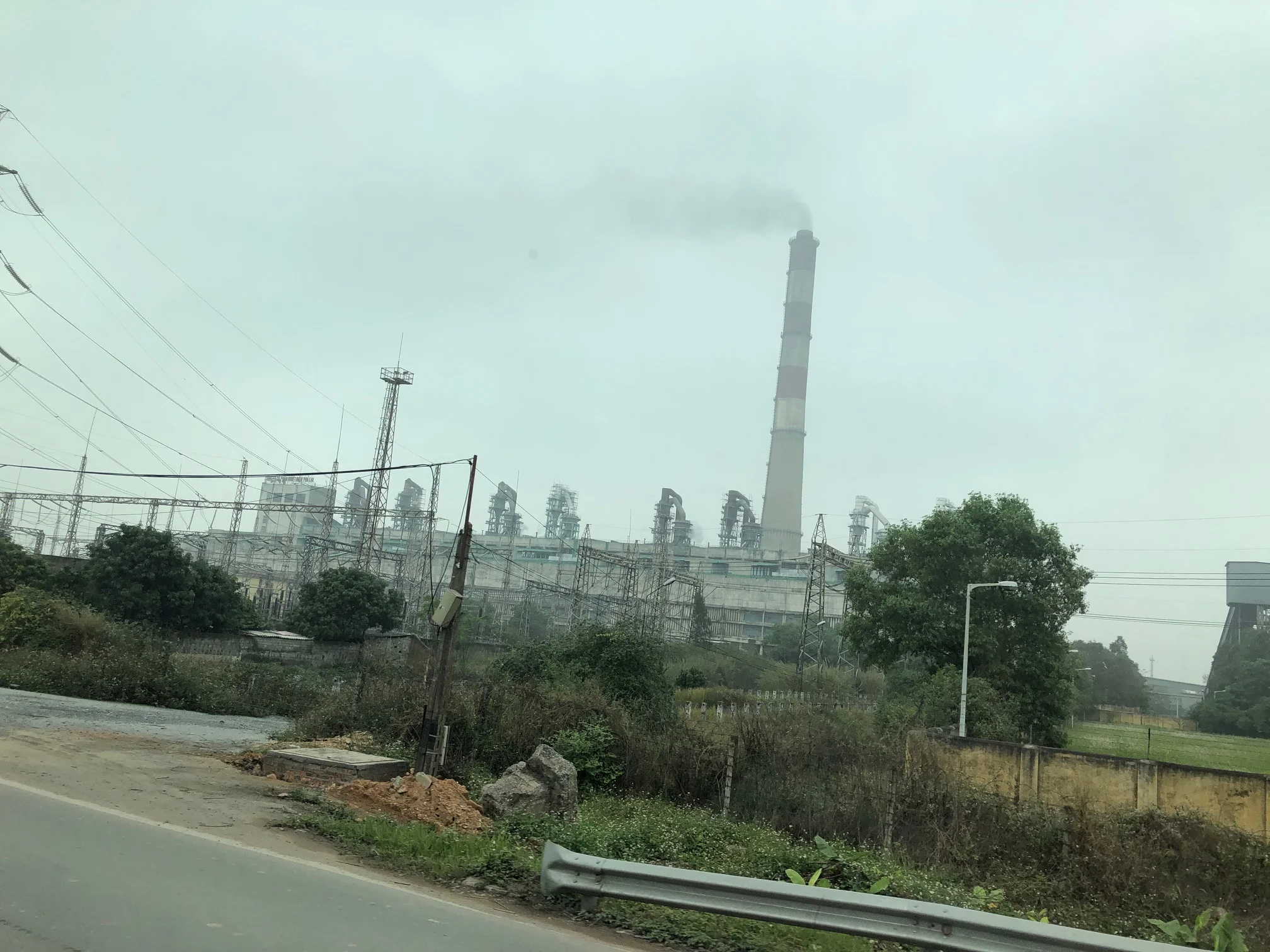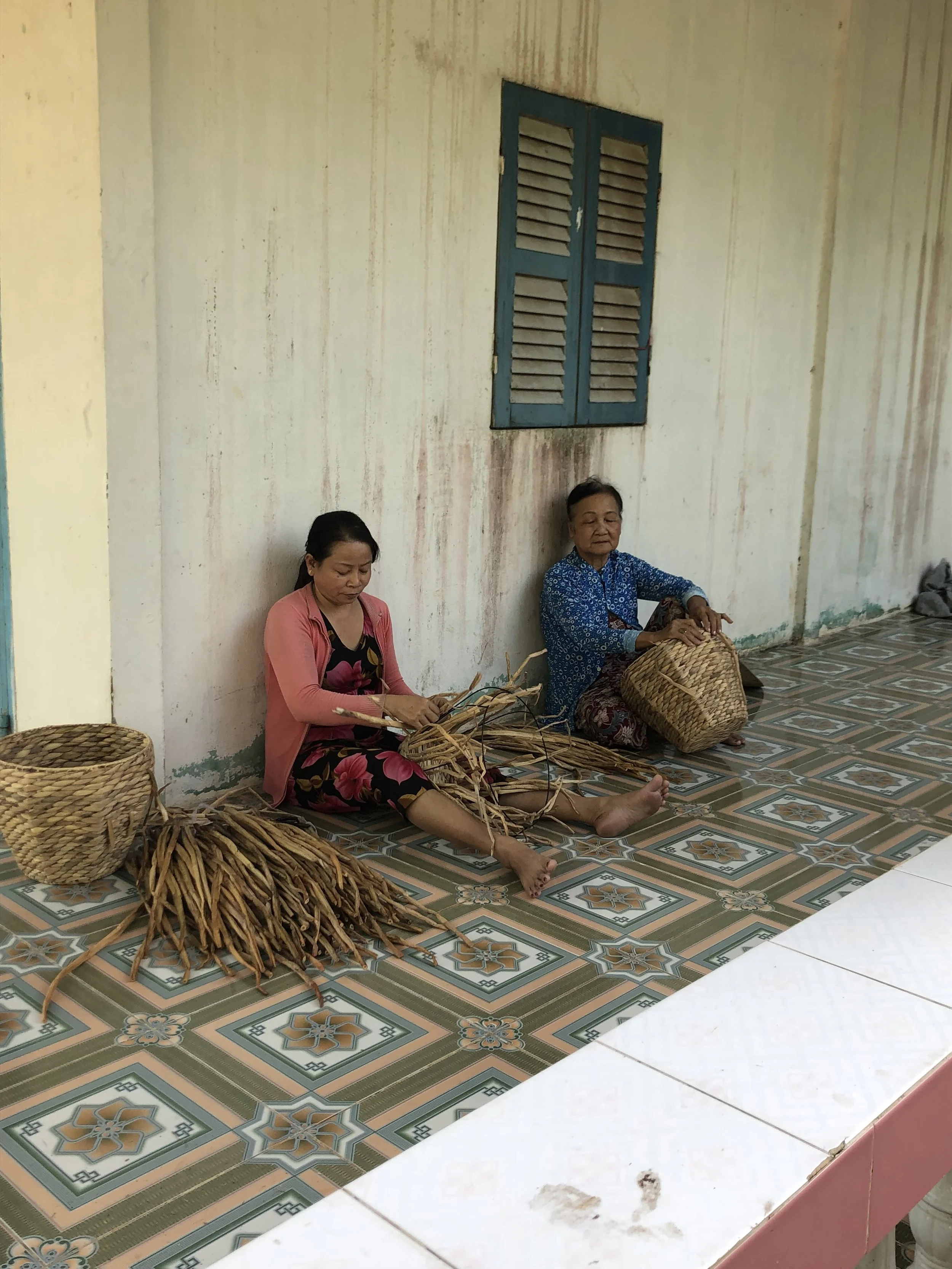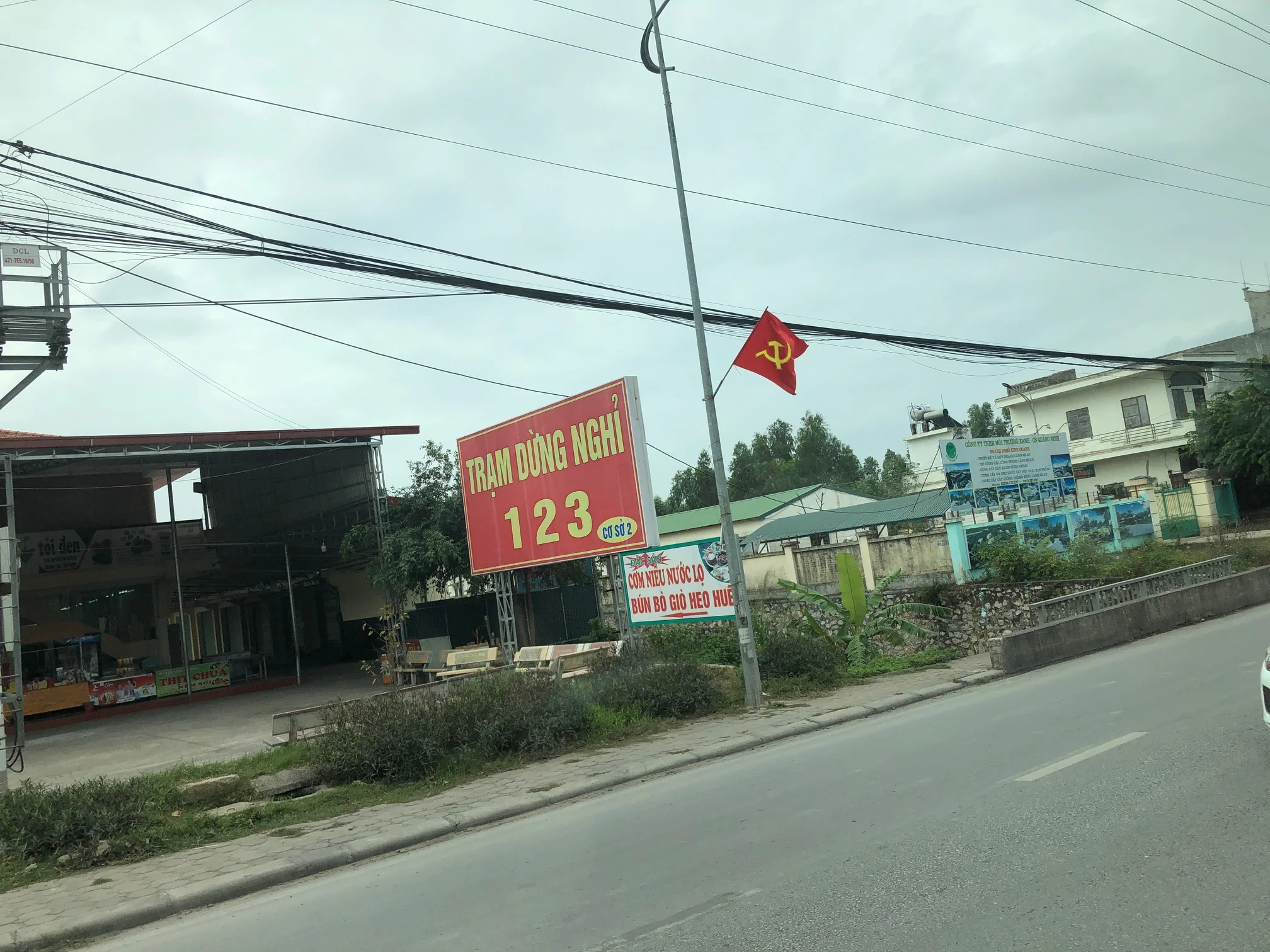Report From Cambodia
/I have now moved on from Việt Nam to Cambodia. Slow and sometimes no internet service have made it difficult to keep up with my usual type of posts about domestic U.S. issues; but we can look upon that as an opportunity to record some information and observations from half way around the world.
Here in Cambodia, the focus of tourism is mainly on two things: (1) the incredible 9th to 13th century temples and other structures located among the jungles in the center of the country, going by the general name of Angkor Wat, and (2) the story of the “killing fields” genocide of 1975 to 1979. For photos of several of the better-known of the temples, go to Mrs. MC’s Instagram posts at DenieDM. I will focus on the story of the killing fields.
Perhaps because of the original application of the word and as a result of its etymology (“geno” derives from the Greek for “race”), we tend to think of genocides as involving the mass killing of people of one race or ethnicity by those of another race or ethnicity. Prominent examples include the holocaust (murder of Jews by German Nazis in the early 1940s), the Rwandan genocide (murder of Tutsis by Hutus in or about 1994), the Armenian genocide (at the hands of the Turks in the period of about 1915 to 1920), and so forth.
The Cambodian “killing fields” genocide of 1975 to 1979 was not one of these. . . .
Read More

